When it comes to revitalizing your skin, two standout treatments often dominate the conversation: Chemical Peels and Microneedling. Both are dermatologist-approved procedures that can dramatically improve your complexion, but they work differently and target unique skin concerns. Whether you’re battling acne scars, pigmentation, or early signs of ageing, understanding these treatments can help you choose what’s best for your skin. Let’s dive in.
What Is a Chemical Peel?
A chemical peel is a skincare treatment that uses acids—like glycolic, salicylic, or trichloroacetic acid (TCA)—to exfoliate the outer layers of the skin. This process encourages cell turnover, improves texture, and reveals brighter, fresher skin beneath the surface.
Benefits of Chemical Peels:
- Reduces fine lines and wrinkles
- Brightens dull skin
- Treats hyperpigmentation and sun damage
- Controls acne and oil production
- Improves overall tone and texture
Types of Chemical Peels:
- Superficial Peels: Minimal downtime, ideal for mild pigmentation and dullness.
- Medium Peels: Address deeper wrinkles and sun damage with 3–5 days of recovery.
- Deep Peels: Target serious scarring and wrinkles; require longer healing.
What Is Microneedling?
Microneedling, also called collagen induction therapy, uses a device with fine needles to create controlled micro-injuries on the skin’s surface. This stimulates the body’s natural wound healing response, boosting collagen and elastin production.
Benefits of Microneedling:
- Improves acne scars, stretch marks, and wrinkles
- Enhances skin firmness and elasticity
- Shrinks enlarged pores
- Minimizes pigmentation
- Can be combined with PRP (platelet-rich plasma) for enhanced results
Types of Microneedling:
- Traditional Microneedling – Uses fine needles to boost collagen and improve skin texture and tone.
- RF Microneedling – Combines microneedling with radiofrequency energy for deeper skin tightening and wrinkle reduction.
- Microneedling with PRP (Vampire Facial) – Enhances healing and regeneration using platelet-rich plasma from your own blood.
Chemical Peels vs. Microneedling: Key Differences
1. Targeted Skin Concerns
- Chemical Peels are best for surface-level issues like pigmentation, melasma, and uneven tone.
- Microneedling is ideal for deeper concerns like acne scars, fine lines, and textural irregularities.
2. Procedure Experience
- Chemical Peel: Quick application of peel solution with a tingling or stinging sensation.
- Microneedling: Slight discomfort managed with numbing cream; feels like light prickling.
3. Recovery Time
- Chemical Peel: Peeling and redness for 2–7 days depending on peel depth.
- Microneedling: Redness and sensitivity may last from a few hours to a couple of days, with minimal visible peeling.
4. Results Timeline
- Chemical Peels: Visible glow within a week; better results with a series.
- Microneedling: Gradual improvement over 4–6 weeks post-treatment, with long-lasting effects.
What to Consider Before Choosing Each Treatment
Microneedling
- Boosts Collagen Production: Microneedling stimulates natural collagen and elastin, improving skin texture, elasticity, and firmness.
- Minimally Invasive with Low Downtime: Most patients in Downey, CA experience only mild redness and swelling for 1– 2 days post-treatment.
- Versatile Skin Solution: Effectively treats acne scars, fine lines, large pores, and even stretch marks.
Safe for Most Skin Types: Suitable for light to dark complexions with minimal risk of hyperpigmentation when performed by professionals.
- Temporary Side Effects: May cause redness, swelling, and pinpoint bleeding immediately after the procedure.
- Results May Vary: Effectiveness depends on individual skin type, concern severity, and overall skin health.
- Requires Multiple Sessions: Best results often require a series of treatments spaced several weeks apart.
- Strict Aftercare Needed: Post-treatment care is essential and may feel time-consuming for individuals with busy lifestyles in Downey, CA.
What to Consider Before Choosing Each Treatment
Chemical Peels
- Improves Skin Tone and Texture: Helps reduce fine lines, sun damage, acne, and hyperpigmentation.
- Encourages Skin Cell Turnover: Reveals fresher, brighter, and more radiant skin by removing dull, damaged surface layers.
- Customizable Treatment Levels: Light, medium, and deep peels can be tailored based on skin goals and downtime tolerance.
- Fast Visible Results: Light chemical peels often show improvement within a week, making it a quick option for skin rejuvenation.
- Potential Downtime: Some peels cause peeling, redness, and flaking for several days, which can interrupt daily activities in Downey, CA.
- Not Suitable for Everyone: Individuals with sensitive skin or certain conditions may react negatively to chemical ingredients.
- Risk Increases with Deeper Peels: Stronger peels offer dramatic results but also come with higher chances of complications and longer healing times.
- Sun Sensitivity Post-Treatment: Skin becomes more vulnerable to UV rays, requiring strict sun protection.
Expert Recommendations
According to skin experts from renowned clinics, combining both treatments at intervals often yields the best results. The key is personalized skincare guided by a certified professional.
Conclusion
There’s no one-size-fits-all answer in the chemical peel vs. microneedling debate. If you’re after a quick glow or targeting surface pigmentation, chemical peels might be your best bet. For deeper rejuvenation, acne scarring, and anti-aging, microneedling stands out.
Ultimately, consult with a licensed dermatologist to assess your skin type, lifestyle, and concerns to build a safe and effective treatment plan.
FAQs
- Is microneedling better than a chemical peel?
It depends on your goals. Microneedling works best for deeper scarring and wrinkles, while chemical peels are ideal for pigmentation and surface-level issues. - How many sessions do I need?
Both treatments usually require a series: 3–6 sessions for microneedling, 3–5 peels for noticeable improvement. - Can I do these at home?
Professional treatments are far more effective and safer than DIY versions, which can lead to burns or infections. - Are the results permanent?
While not permanent, results can last for months. Maintenance sessions and good skincare help prolong the effects. - What is the downtime?
Microneedling: 1–2 days.
Chemical Peel: 2–7 days depending on depth.






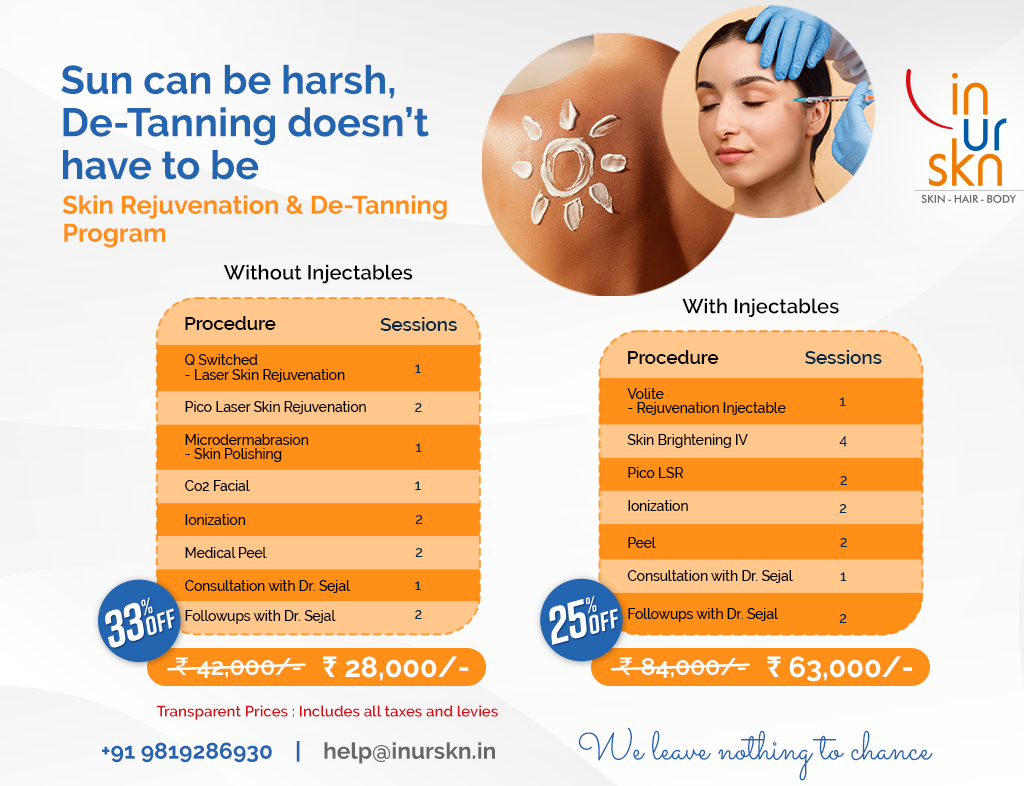














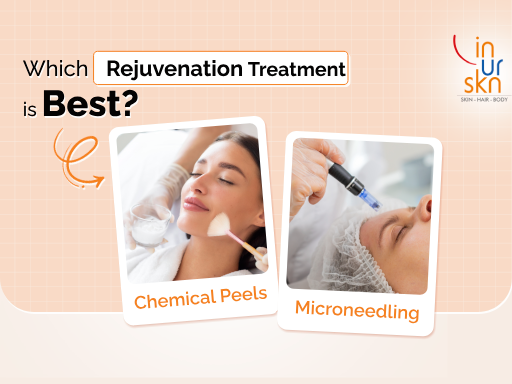


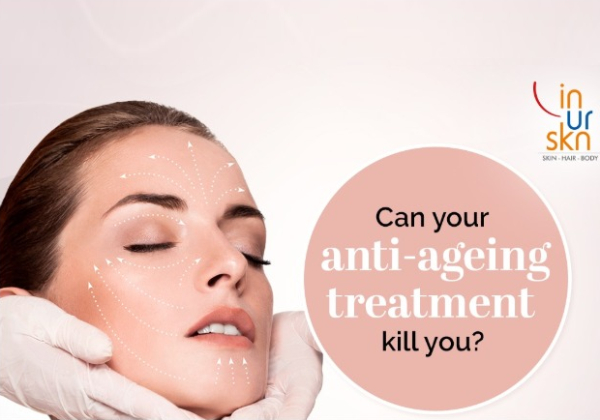
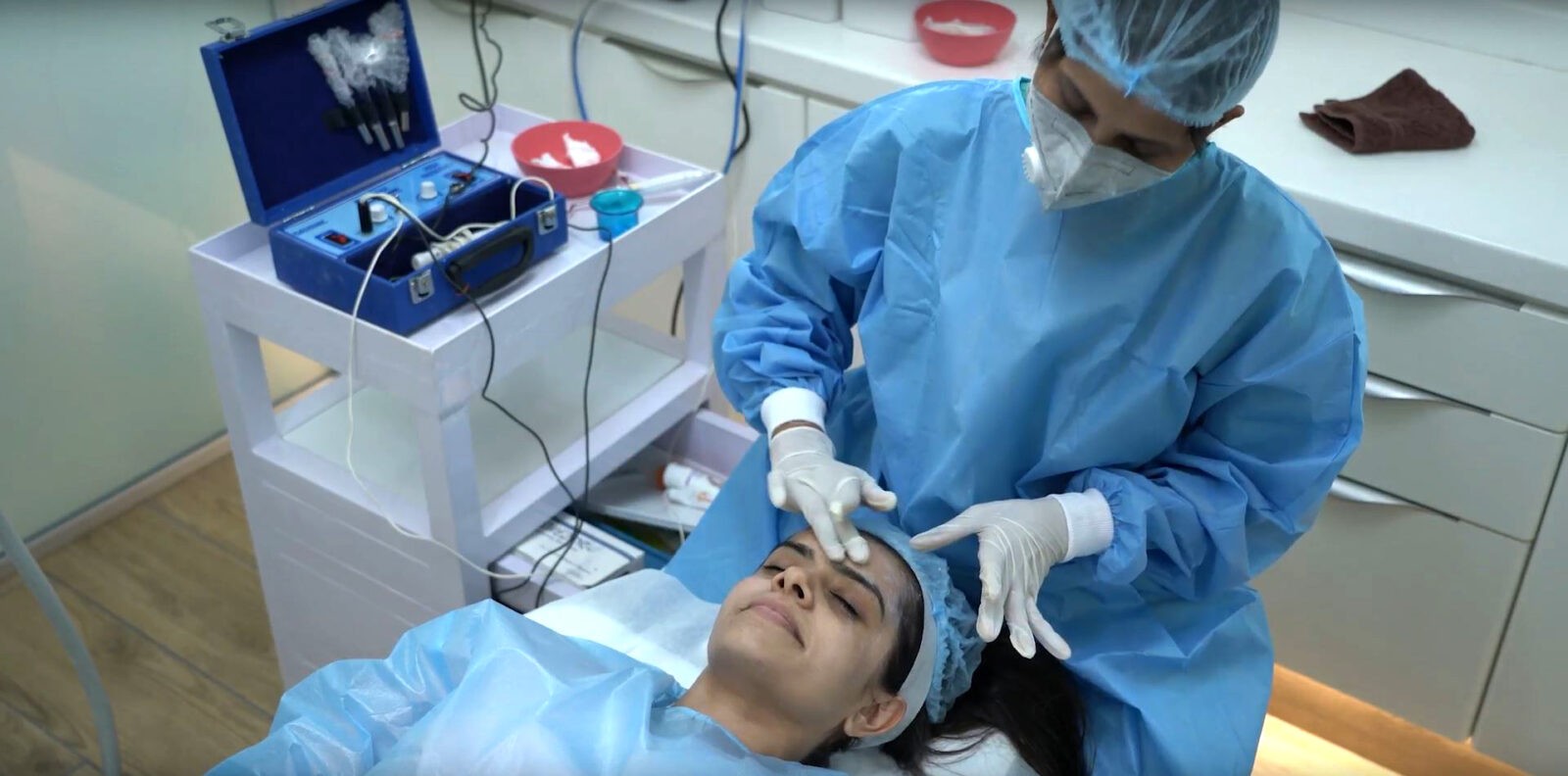
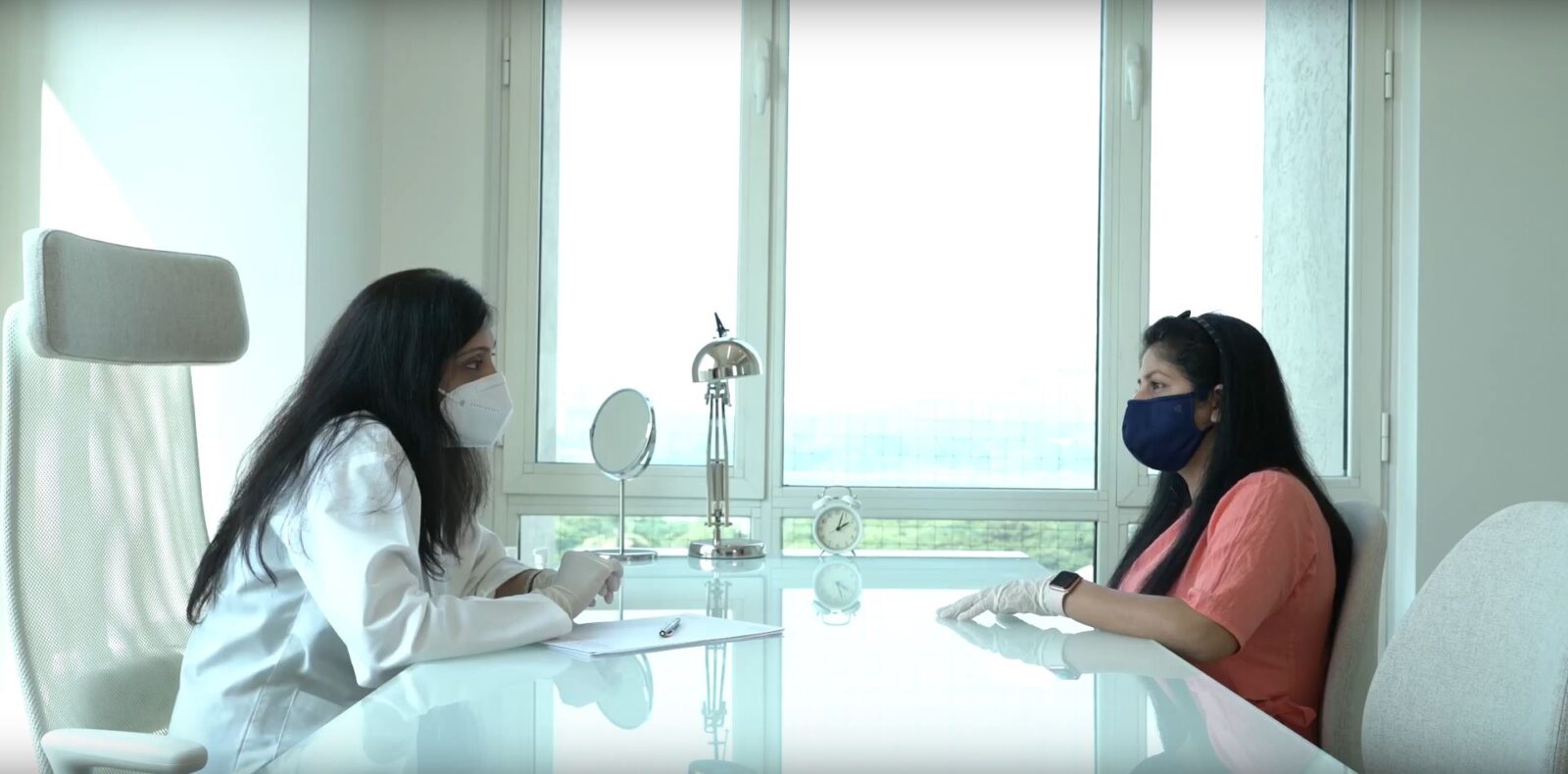

 Call us
Call us Book Appointment
Book Appointment Enquire
Enquire Location
Location




